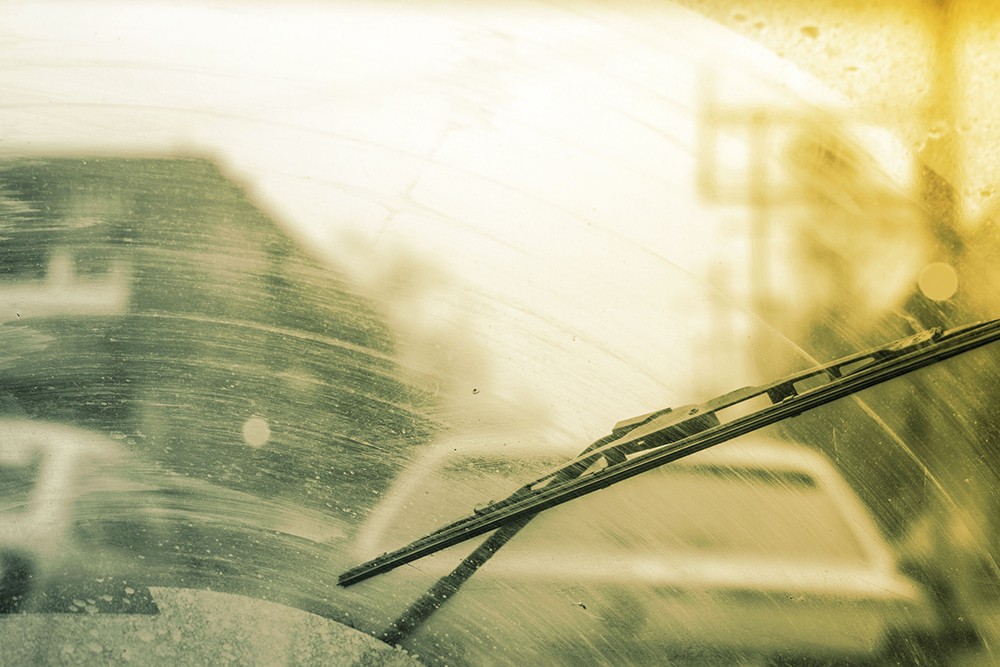New Wiper Blades for Summer?

Sounds counterintuitive, right? Yet, a new pair of wiper blades can sweep away all that bug goo and dust accumulated on your summer adventure--and handle the inevitable summer storm.
Consider how a clear windshield helps your enthusiastic travel coterie. They can get camera-ready view as your navigate your summer adventures.
A blade with a sharp edge works best for sweeping away the kind of foggy mists on drives along the coast. It also is tough enough to handle bug goo encountered when driving through farmland.
Wiper blades come in a myriad of styles and sizes. Ask your service advisor to help in choosing the right pair for your vehicle. A new set of wiper blades can help keep your windshield streak free throughout your summer driving. Yet, blade construction and quality varies significantly.
How do you choose the right blades for your vehicle?
A pair of inexpensive blades may fall apart before winter is over, and low quality rubber composites can affect performance. Cheap wiper blades tend to corrode and rubber wears out quickly. Also, inexpensive construction causes streaking or smearing that reduces visibility.
Differences in blade technology, construction and climate make a difference in how wiper blades actually clear your windshield. Quality construction varies dramatically and can affect visibility.
Blades with a heavy duty steel spine and steel rivets last longer than parts made from plastic. The more "pressure points" included on the blade, the better it will conform to your windshield.
Traditional rubber blades are inexpensive to make but prone to cracking in the hot summer sun. They also become sticky on hot days or when they become warm after prolonged use.
In contrast, quality rubber composites deliver good performance and utilize rust-preventative coatings for long life. Also, composite materials can handle temperature extremes better than rubber alone. They remain more pliable at freezing temperatures and less prone to cracking or sticking in hot climates.
Tips for choosing and using summer blades.
- Choose blades with composite materials. They have sharper edges, higher density rubber and extra thickness compared to plain rubber blades.
- Look for a heavy duty steel spine and steel rivets, not plastic. Cheap construction can cause blades to flutter or fall apart more quickly.
- Get a blade designed for your driving conditions. Some specialty blades offer scrub-like strips to sweep away road debris or insect goo.
- Keep your blades clean regularly. Applying rubber treatments helps keep blades pliable. Removing dirt and grime keeps contaminants from scratching your windshield.
- Use a blade reference manual to get the proper fit. Some vehicles require a different blade for driver and passenger sides. Also, a blade too long for your vehicle may can damage the windshield; too short and it could reduce windshield visibility.
- Consider using glass treatments that act as a water repellent. They also help reduce friction so wipers can glide easier.